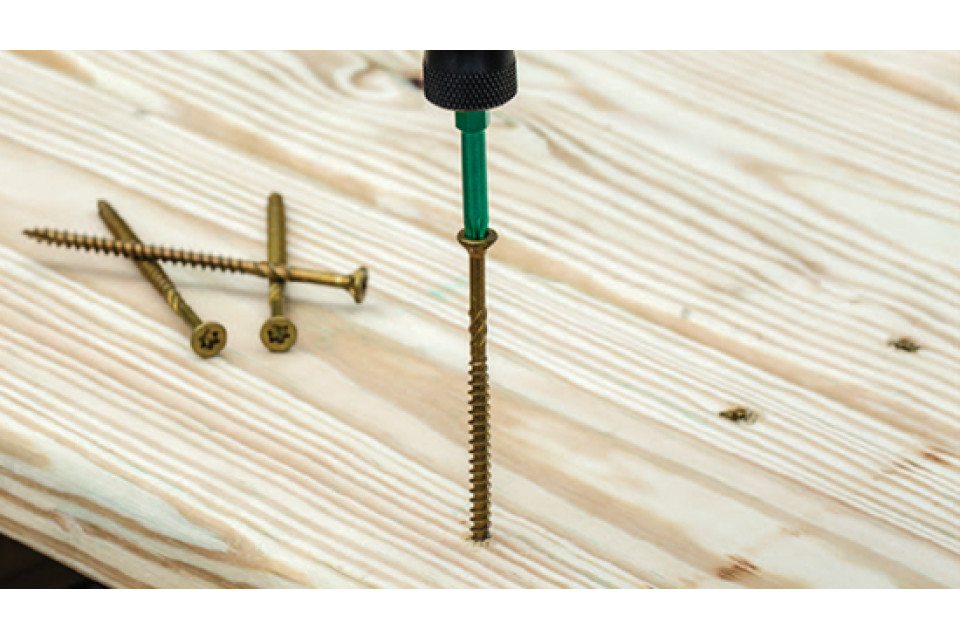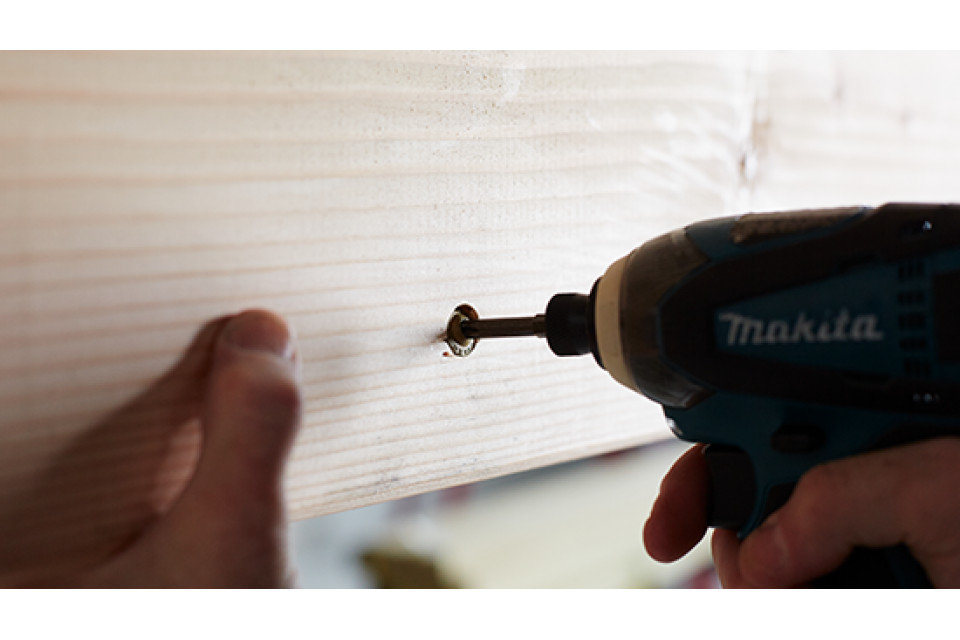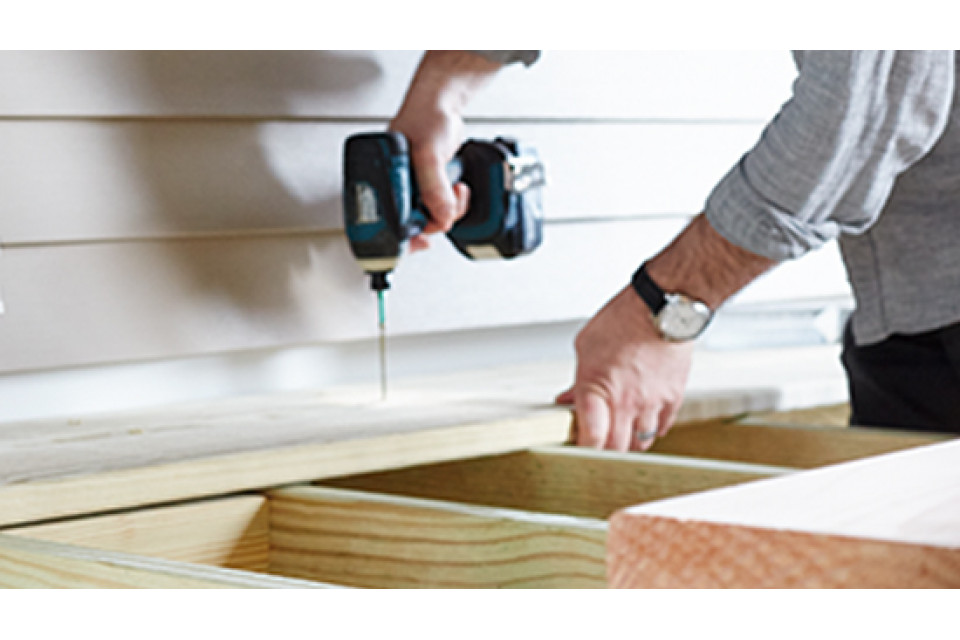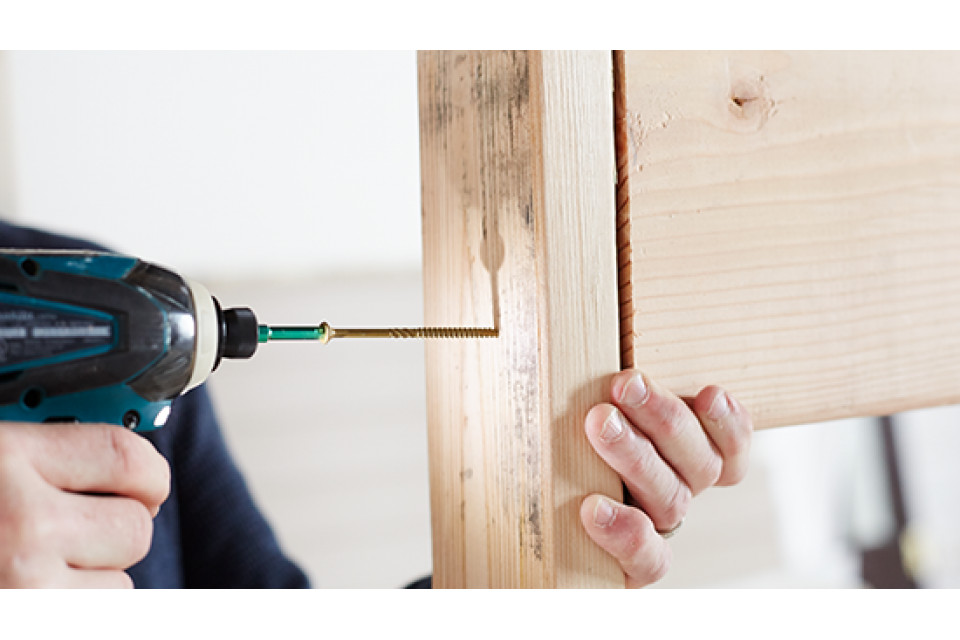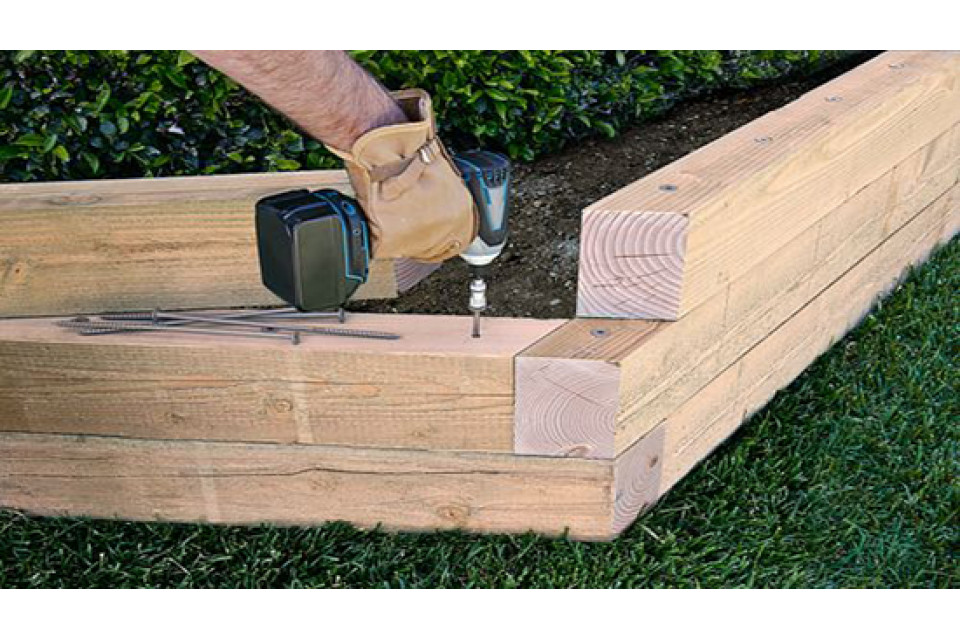Structural Screws vs Lag Screws
Structural Screws are a HUGE time saver when building and constructing projects using wood. They can also be called "Construction Screws" due to the nature of what they are used for. They are a perfect alternative to using Lag Screws, also known as "Lag Bolts", and have a lot of advantages.
Structural Screws are made from hardened steel and are built to provide high tensile, torque, and shear values. The threads and points are sharp and instantly bite into the wood and DO NOT require a hole to be pre-drilled before you can use them. They are made with stronger steel than lag screws and last longer. They can also be specially coated to be used in treated lumber and can be used indoors or outdoors.
Lag Screws NEED to have a pilot hole made first before use, or their head can easily snap off from the torque required to drill the hole. They need to have two holes pre-drilled: One for the threads and the other for the shaft. To use a lag screw, you need to align all the materials together, pre-drill your holes, and then ratchet in the lag screw.
Structural Screws | 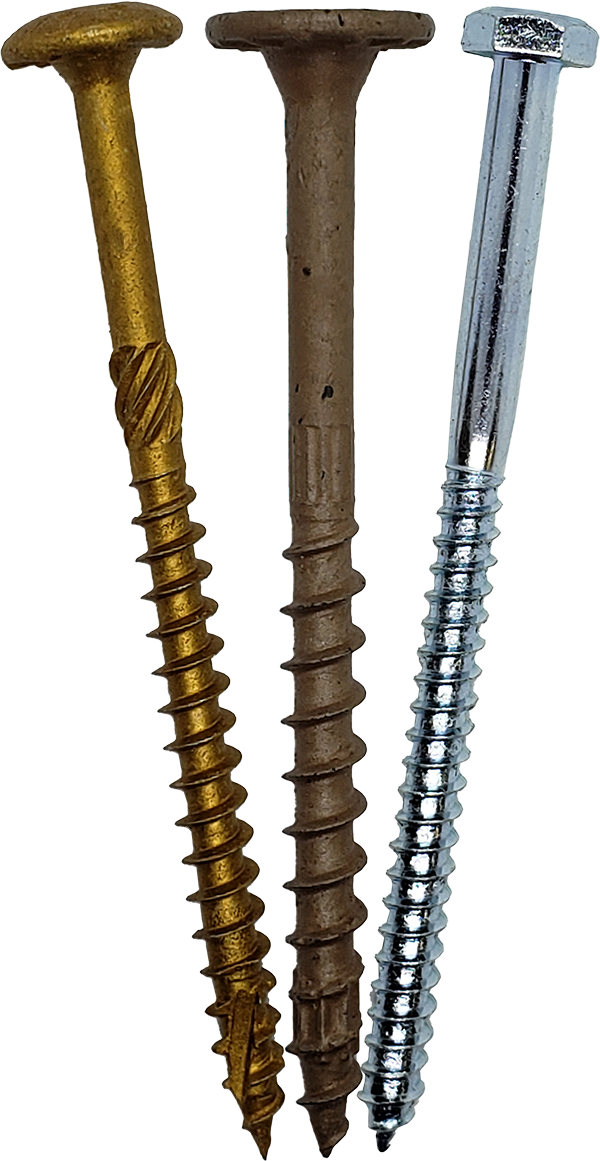 | Lag Screws |
|---|---|---|
The heads on Structural Screws will not round off or break and have a wide bearing surface that increases their holding power. | The heads on Lag Screws require a socket to be installed, and too much torque can cause the head to snap off. They also require the use of a washer to supply good holding power. | |
The upper shaft doesn't require pre-drilling and drill flutes, located at the end of the threads, help to increase the size of the hole while the screw is being installed, making room for the rest of the shaft. | The upper shaft requires pre-drilling a second, larger hole than the one needed for the threads. | |
Sharp threads cut through wood and eliminate the need to pre-drill pilot holes. | Coarse threads are not built to thread as they enter the wood and require pre-drilling a hole slightly smaller than the thread diameter. | |
Needle-sharp tips provide faster penetration and reduce splitting. These self-cutting tips eliminate the need for pilot holes. | Gimlet point helps pull the screw into the hole and helps to tap its threads |
Structural screws can be installed with a cordless or electric drill using a Torx bit. Lag screws require an impact wrench or impact drill and a socket head plus drill bits to pre-drill holes. | 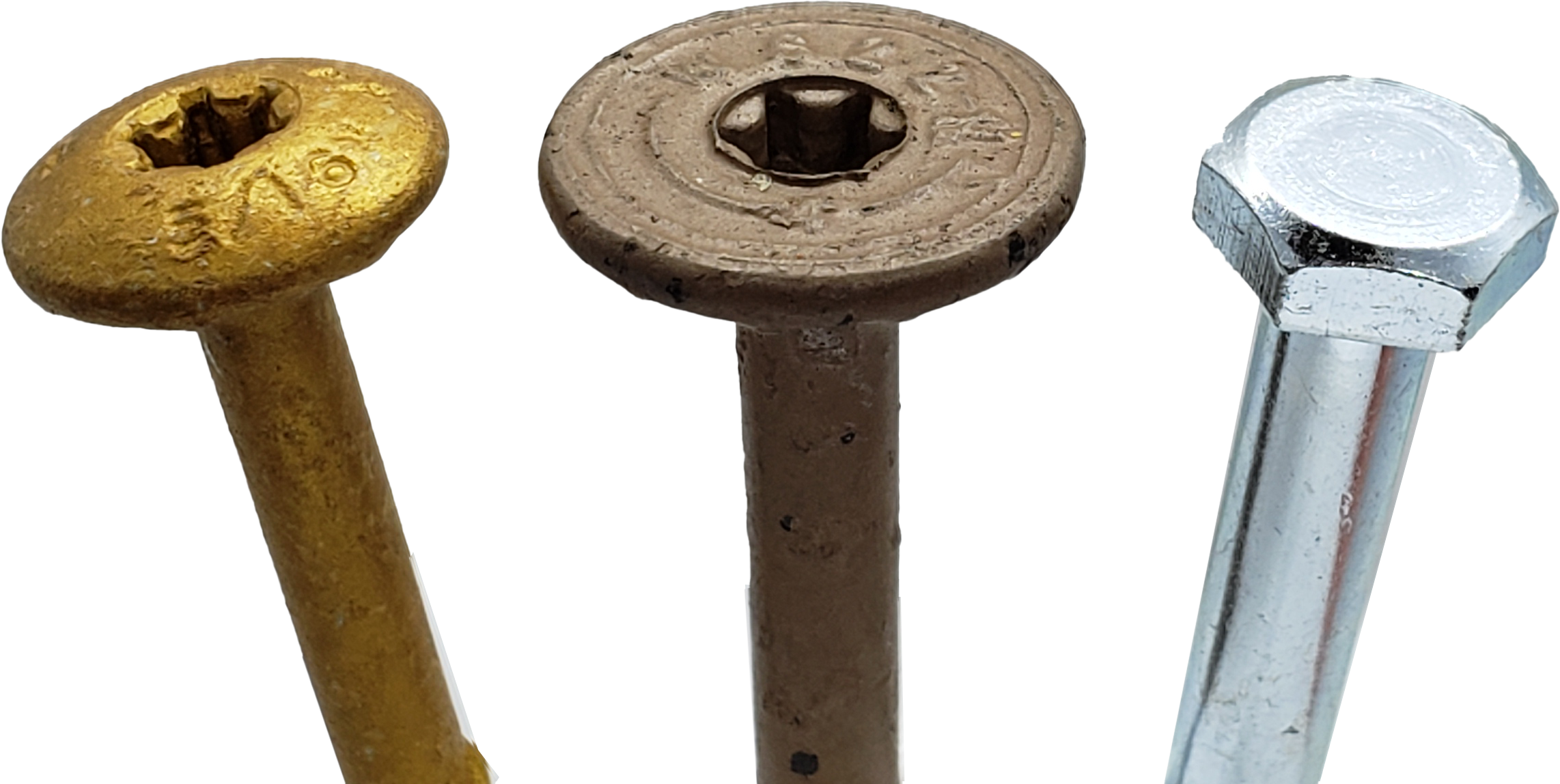 |
Structural Screws come in a variety of finishes to help deal with any indoor or outdoor application.
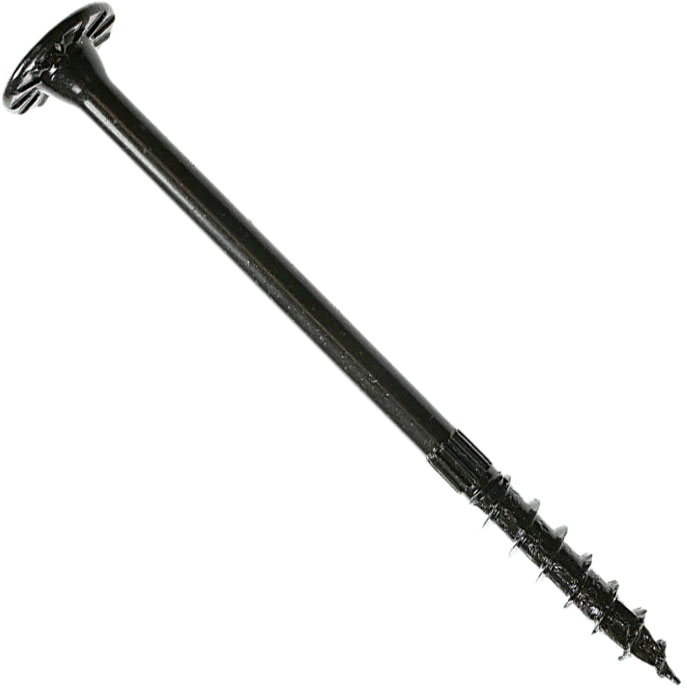 | Black Electrocoating Coating utilizes an electrical current to deposit the coating material onto the fastener. After application, the coating is oven cured. This coating is intended for dry, low-corrosion applications. |
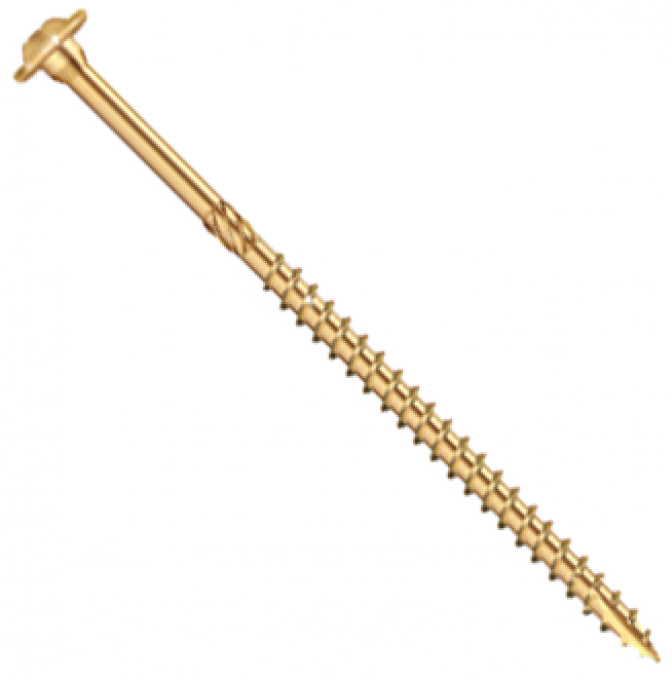 | Climatek™ Coating allows fasteners to be used in highly corrosive pressure treated lumber |
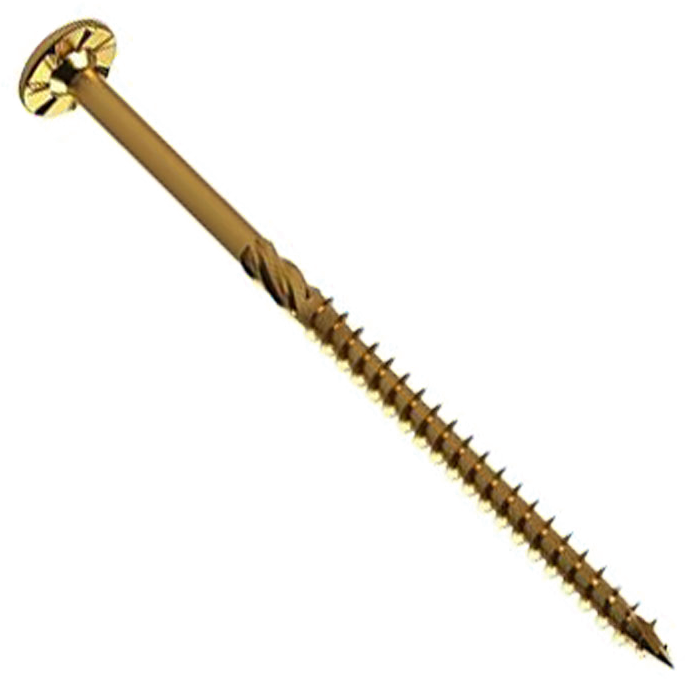 | CR6+ Coating is an environmentally friendly plating method and has superior corrosion protection |
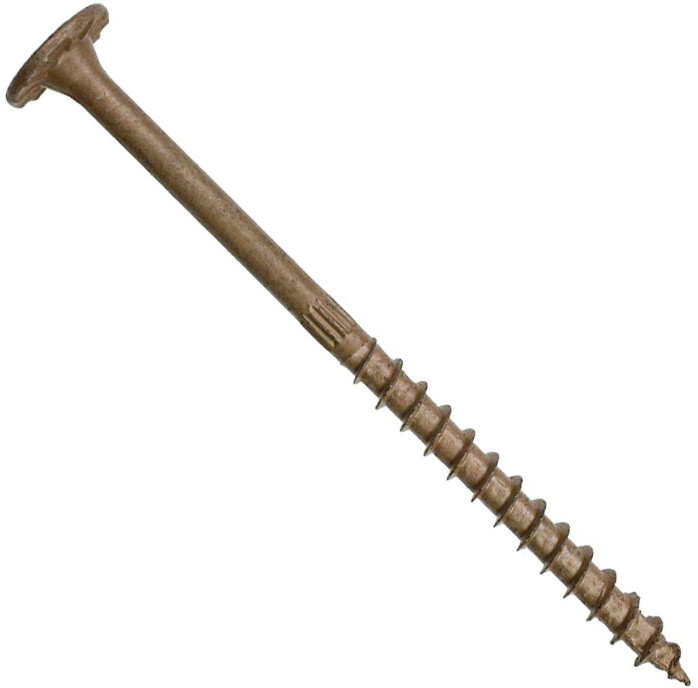 | Double-Barrier Coating provides a level of corrosion resistance that is equivalent to hot-dip galvanized and is suitable for most non-marine environments |
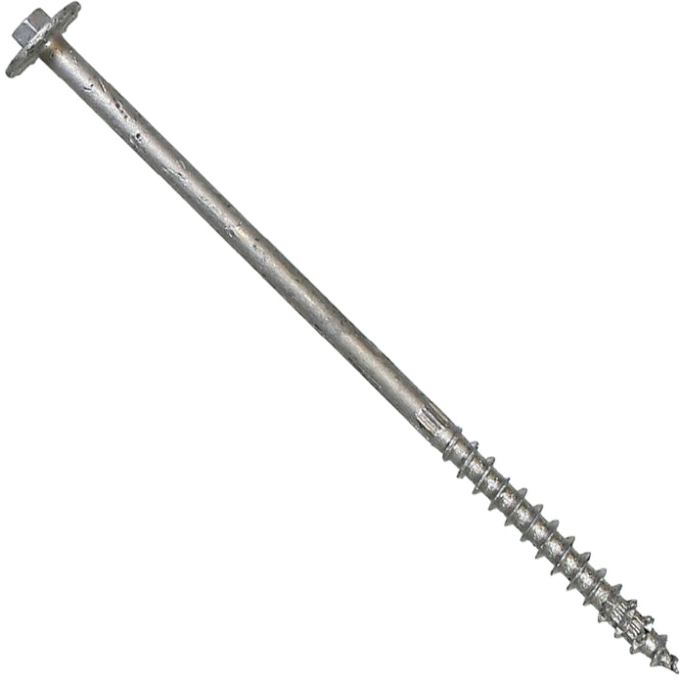 | Hot-Dipped Galvanized Coating is a coating of zinc applied by a hot-dip process. This provides excellent corrosion resistance. |
We also stock a variety of sizes ranging from 1-1/2" to 12".
The uses for structural screws in wood construction applications are endless. Although they cost more than lag screws, we highly recommend them for their ease of use, their strength, and their versatility. |
